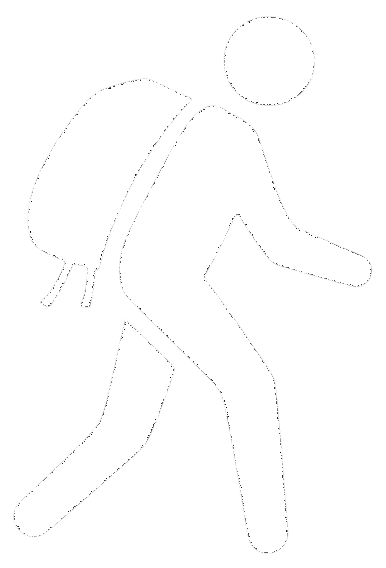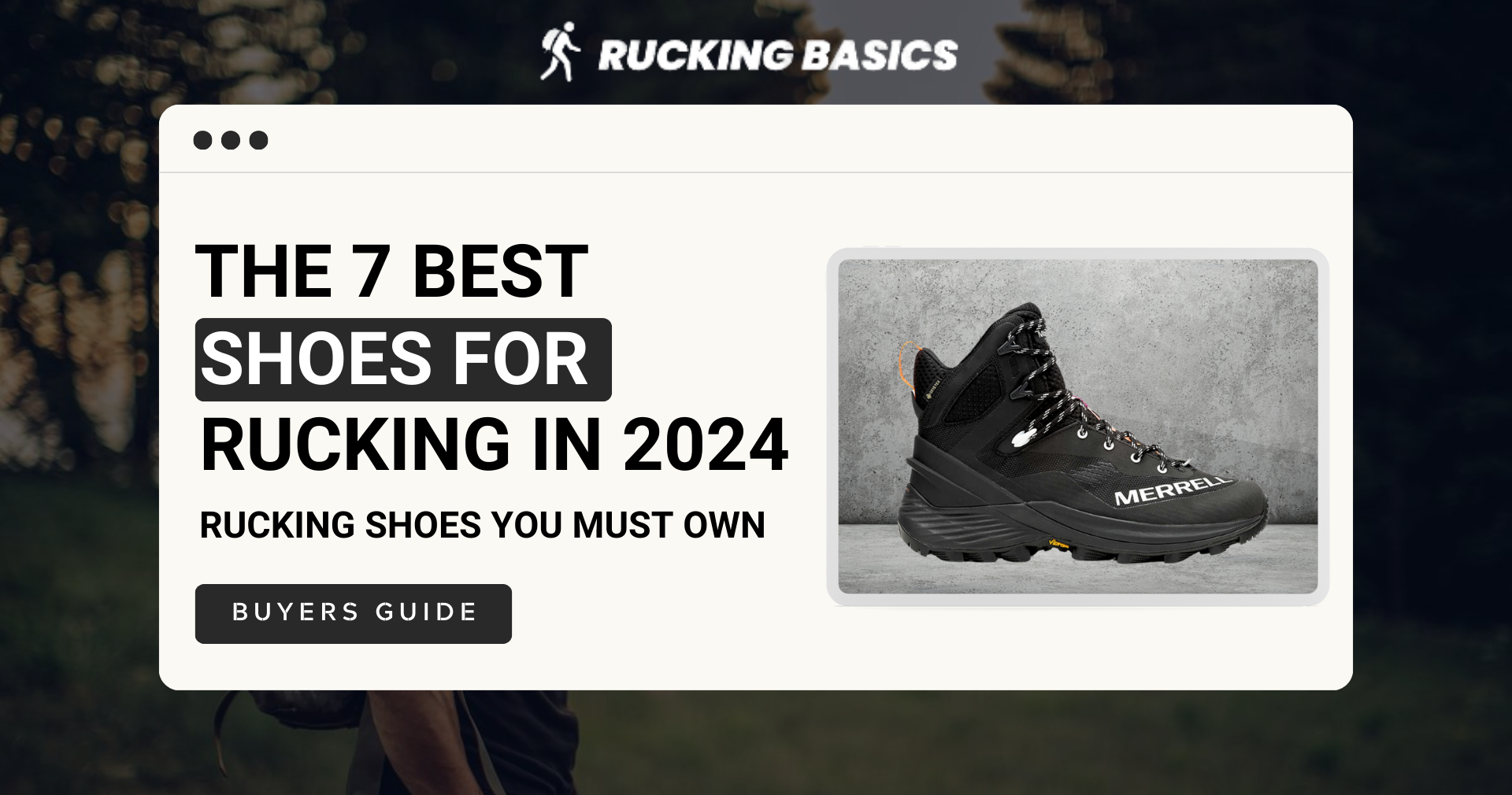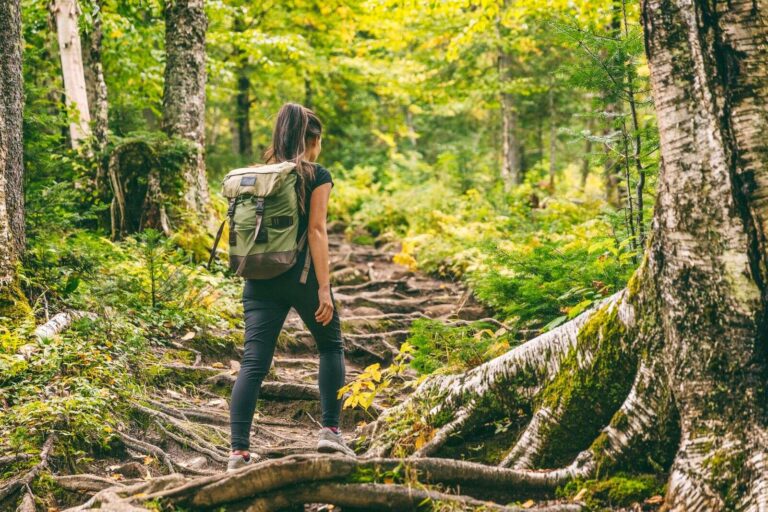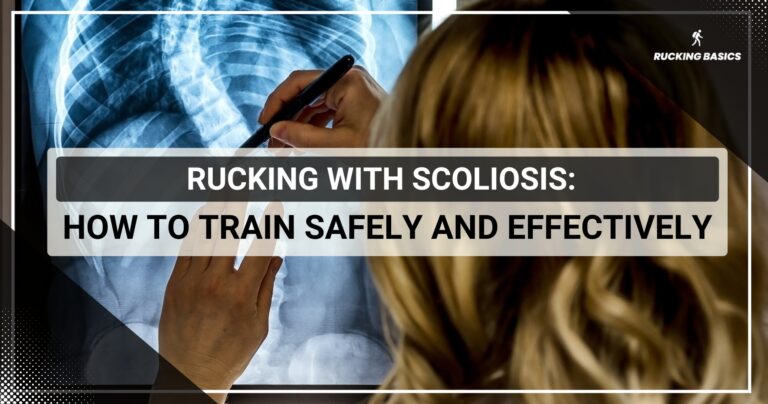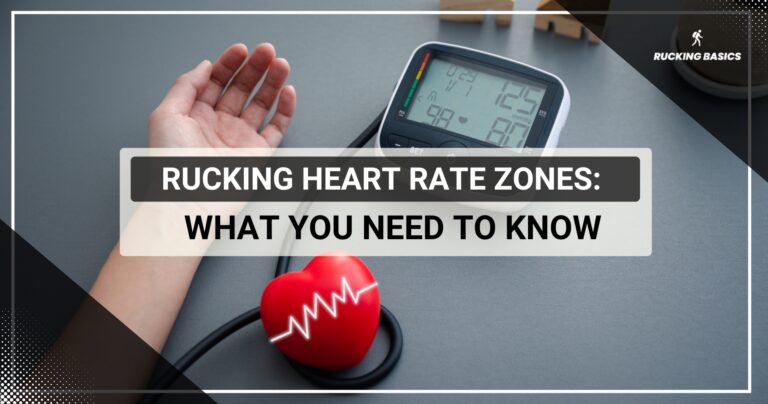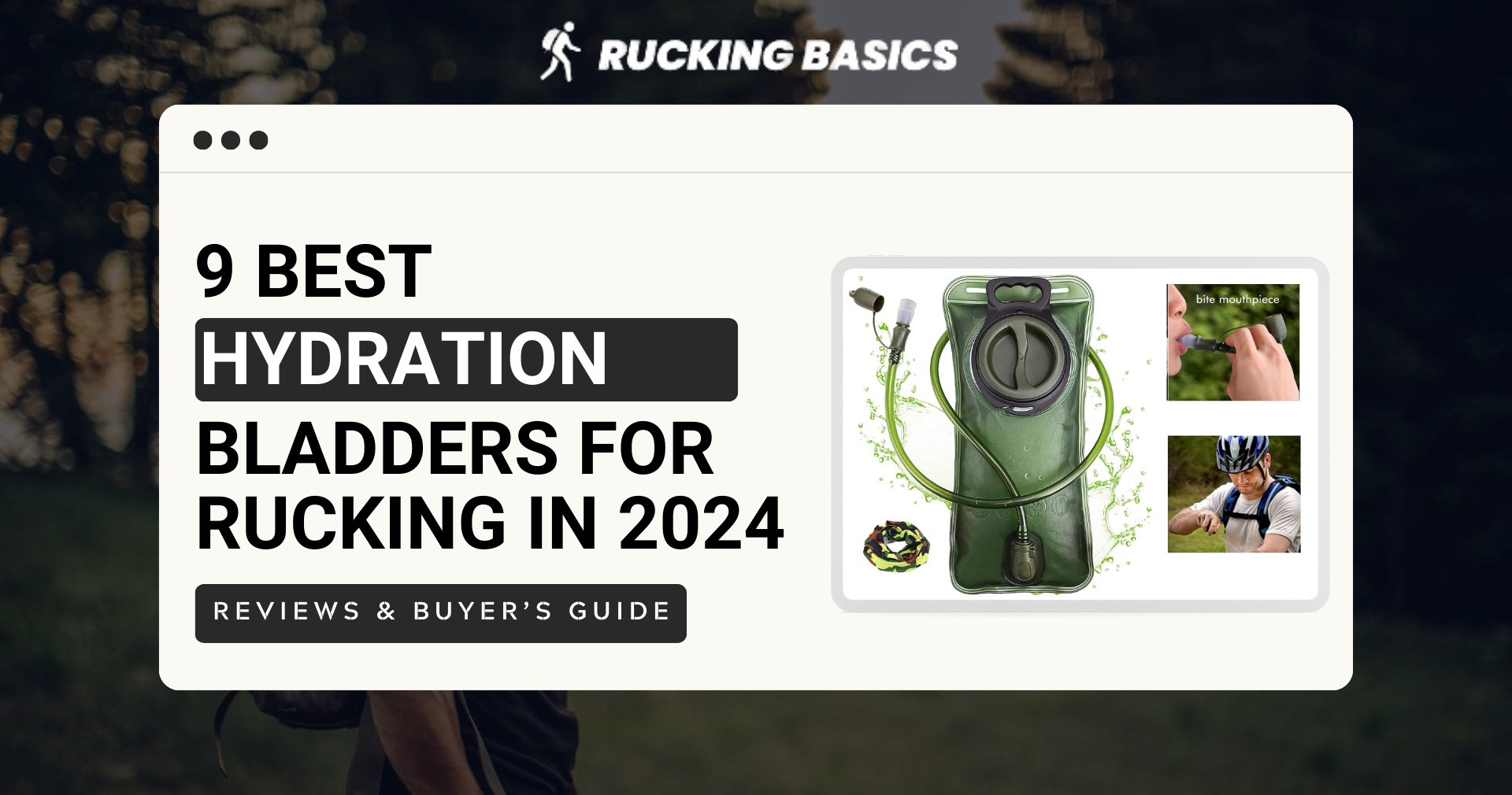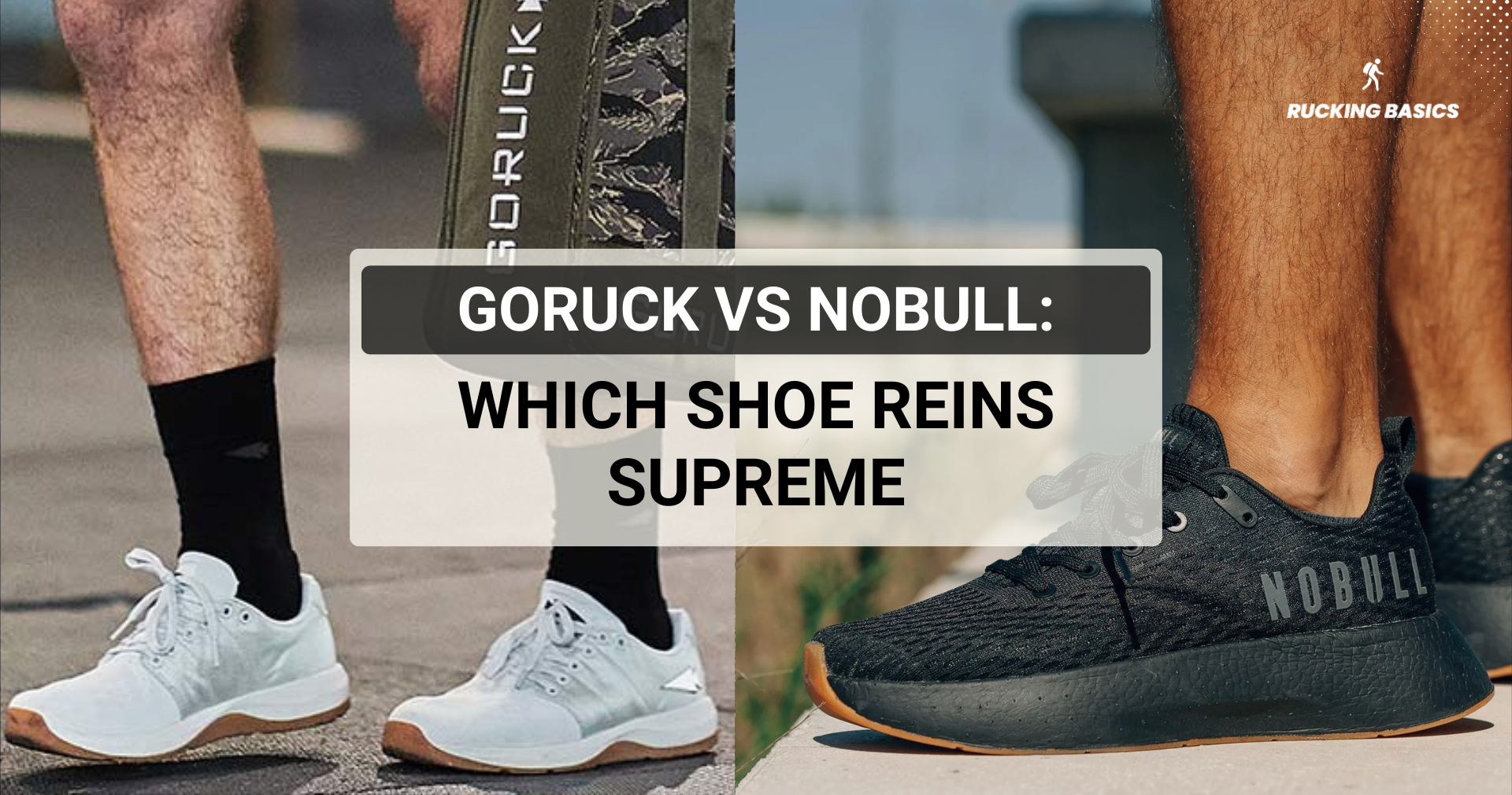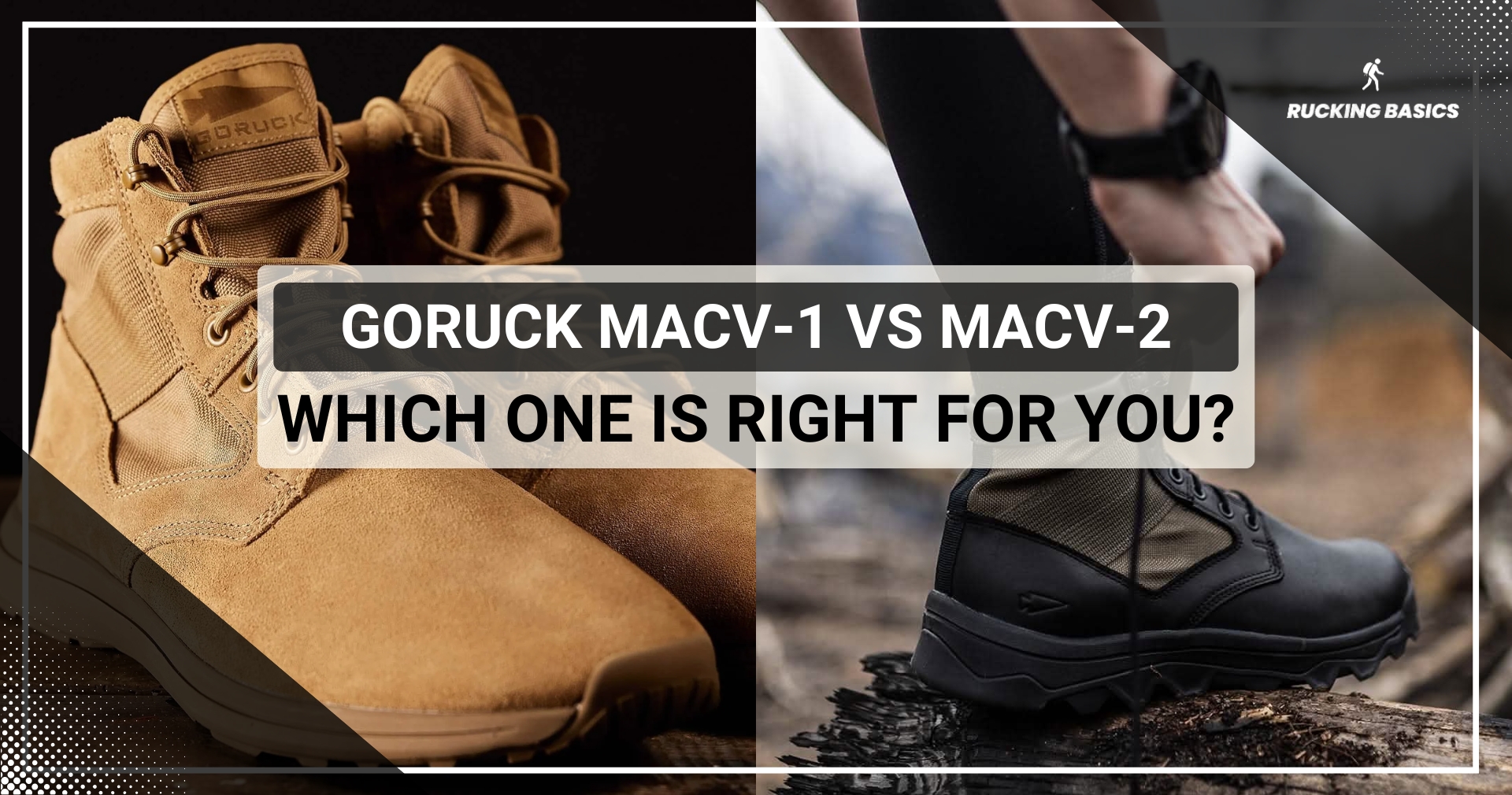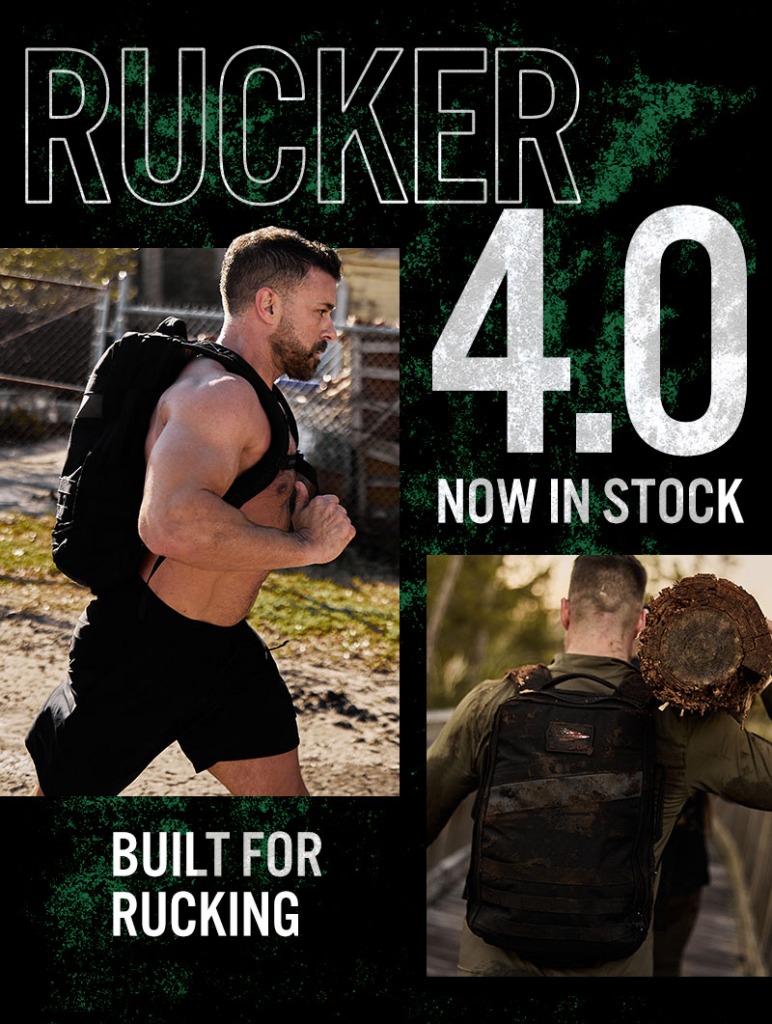Shoes are tied for first place, with a rucksack, on the list of essential items for rucking.
You can buy everything else over time, but my advice is to purchase the best rucking shoes for your very first ruck. Even a backpack can wait a bit, but your feet will hate it if you wear regular shoes on the ruck, and that’s why you will have to stop much earlier than you would like.
Whether you’re a seasoned veteran or just starting, you’ll notice how premium rucking shoes improve your performance and enjoyment.
So why would you wait to have the right pair of shoes that can make all the difference in your performance and overall comfort? Let’s see which manufacturers and models made it to my best footwear for rucking list.
The 7 Best Shoes for Rucking
I don’t believe in one-size-fits-all solutions, so I divided the best boots and shoes into categories to make it quick and easy to choose a suitable model.
Best Overall: Merrell Men’s Rogue Hiker Mid GORE-TEX®
What features should rucking shoes have to deserve the “Best overall” title? Let’s name just a few – comfort, durability, water resistance, sole and outsole grip, etc.
All that and much more Merrell Men’s Rogue Hiker Mid GORE-TEX® will offer you. Merrell is one of the most popular companies in the world of outdoor activities, and for good reason.
I have several of their shoes, and this all terrain rucking shoe is my favorite. The men’s Rogue Hiker Mid is so comfortable, and thanks to the foam, I don’t feel pain in my legs even after several hours. They are very supportive and sturdy, although they are not heavy. You can even wear them for regular activities during the winter. They are 100% waterproof, so your feet will stay dry.
They are not cheap, but when we compare them with the price of basketball shoes that cost the same and are nowhere near as durable, we realize that the price is very reasonable. You can sometimes find this trail shoe on sale for under $200.
Best Affordable: Salomon X ULTRA PIONEER MID WATERPROOF
Many special forces around the world wear Salomon shoes, one of the most durable and comfortable outdoor footwear.

Buying no-name rucking shoes for a little over $100 is an excellent bargain, not to mention when those are Salomon shoes. X ULTRA PIONEER MID WATERPROOF is ideal for the average rucker who likes single-day routes. It is deep enough to protect the feet from water yet light enough and maneuverable.
This Salomon model is waterproof, and the manufacturer claims they are suitable for everyday wear, too, which I agree with.
Best for Military and Tactical Use: 5.11® A/T 8″ Waterproof Non-Zip Boot
Whether you are part of the military or the police, or you just need heavy-duty tactical boot, this model will not disappoint you.
For me, real military shoes must withstand heavy rain, stepping in ankle-deep water, and prevent practically everything that could hurt your feet. The A/T 8″ Waterproof Non-Zip Boot by 5.11 passed all those tests.
If we put durability, waterproof features, and stability aside, these military rucking shoes are incredibly comfortable. Why do I say incredible? Because this type of rucking boot is usually not among the most comfortable models, but the several types of foam that this model features are responsible for the comfort, which is 10/10 in my opinion. And, of course, I have to mention the Ortholite® Achilles pad that allows me to ruck even when I have an Achilles flare-up.
Best Lightweight: Merrell Men’s Moab Speed 2
If you are looking for low-rucking shoes that are as comfortable and lightweight as your running shoes, then look no further—Merrell Men’s Moab Speed 2 is the perfect choice.

Although they are highly supportive and sturdy, just as rucking shoes should be, they are so light that I feel like I could play tennis in them, if only they had a fishbone-like tread pattern on the sole.
They are ideal if you often change speed and direction. Still, due to the depth and other characteristics, they are not perfect for the roughest terrains but rather for trails with some obstacles and moderate debris.
Best for Long-Distance Rucking: Salomon QUEST 4 GORE-TEX
You are a hard-core rucker who often attacks multi-day routes. In that case, you need especially safe and reliable shoes, and my choice is again a Salomon model, this time QUEST 4 GORE-TEX.

According to the manufacturer, they are suitable even for Alpine terrain, so it is unlikely that your ruck route or any GoRuck event will be more demanding than that.
They are one of the most stable boots I’ve tried, so you don’t have to worry about how heavy your backpack is. They are waterproof, and you probably knew that when you saw GORE-TEX in the name.
They belong to the group of more expensive rucking shoes on this list, which I believe will not be a problem for you because you take this hobby seriously.
Best for Urban Rucking: GoRuck Rough Runners
One of the most popular companies, GORUCK, created the Rough Runners for those looking for a practical runner’s shoe modified for the everyday rucker.

A few of my friends ruck only in urban environments. They certainly don’t need high, heavy-duty shoes, but practical runner’s shoes.
Most of the features of GORUCK Rough Runner are the same as those of other running shoes, but there are a few things that make them stand out from the crowd. The most important difference I noticed is the versatile road-to-trail outsole, which can withstand much more challenging terrain than regular running shoe.
The comfort is top-level, even better than GORUCK Ballistic Trainers; I often wear them even when I’m not running but doing my daily workouts, visiting a new city or running errands.
If you’d like to compare them to other popular models, check out this GORUCK Mackall review to see how they stack up. It’s great to have choices depending on your rucking style and environment.
Best Cross-Training Shoes: Hoka Kaha 2 Low GTX
About ten years ago, Hoka took the running world by storm. Their “maximalist” shoes were so different compared to the minimalist shoes that were popular back then.

Since then, they have become the favorite of many marathon runners, casual runners, and anyone who needs very comfortable footwear for long walks and standing.
I recommend the Kaha 2 Low GTX if you are looking for cross-training shoes. You can go for trail running, rucking, hike, and do many other activities in them. As with all other Hoka shoes, they will feel a bit strange the first few days because they seem unstable until you get used to them. Later, you will notice that the cushion is unique and that they are not unstable at all.
What to Consider When Choosing Best Shoes for Rucking?
After sharing my top rucking shoe picks, I want to give you valuable insights into how to choose the right pair for you. From durability and comfort to traction and fit, I’ll cover everything you need to know.
Durability
Durability, along with comfort, is the most important factor to consider when search for the best shoe for rucking. You are not going to a restaurant but a highly demanding activity that will quickly make regular shoes fall apart. That’s why you have to buy a durable model, and durability is primarily influenced by material, construction, and workmanship.
You can go with either synthetic fabrics or reinforced leather, and my vote goes to synthetic fabrics, although otherwise, I prefer natural materials. These materials offer excellent durability and resistance to abrasion, so you won’t have to worry about whether the shoes will support your body weight plus extra weight.
Comfort and Support
Logically, comfort and support are essential. If the shoes are not comfortable and supportive, fatigue and discomfort will kick in quickly, making long-distance rucks practically impossible, even if you are very fit and ready to ruck fast.
What is comfortable for whom is individual. For example, the area around the Achilles tendon is critical to me because I have Achilles pain, so I’m looking for shoes with plenty of padding in that area. Check also shoes with ample cushioning in the midsole and heel — many ruckers also like contoured insoles and arch support.
Traction and Grip
We wear shoes that prevent us from falling on slippery surfaces during the winter, right? We need such hiking shoe year-round for rucking because we will mostly move on uneven and slippery terrain. We need shoes with crampons (rubber, not metal like for mountaineers) and durable rubber outsoles that provide traction and grip on various surfaces. Sticky rubber compounds further enhance traction.
Weight
The weight of your rucking shoes can significantly impact your performance, especially during longer rucks. However, very light shoes are not suitable for these types of activities, so you must find ones that strike a balance between durability and agility. That is why advanced materials are an ideal option, because they are light compared to leather for example, and this is not at the expense of durability or support.
Breathability
You have to keep your feet cool and dry during rucking sessions to prevent poor performance and problems like athlete’s foot and blister perforation. While not the first thought when considering the best shoes to ruck in, breathable shoes and socks are therefore necessary. Breathable mesh or perforated materials allow air to circulate freely around your feet, wicking away moisture and preventing overheating.
Water Resistance
I know some ruckers buy shoes that are not water resistant because they will not be rucking in wet or rainy conditions. I don’t agree with that because the weather is unpredictable, and you never know if it will change during a five-hour ruck. Also, you may have to cross a pond or a small river. Rucking shoes must be made of water-resistant materials. It’s even better if they have seam-sealed construction and gusseted tongues.
Fit and Sizing
We sometimes wear shoes that are bigger or smaller than ideal. This is okay for everyday activities but not for sports, including rucking. Such shoes must be comfortably fit, with enough room in the toe box to move our toes without feeling cramped.
Specific Requirements
If you’ll be using your rucking shoes not only for rucks but also for military or tactical purposes, then first consider specific requirements or regulations that may apply. Choose shoes that meet your unit’s requirements and provide anything necessary for your missions. These can be reinforced toe caps, special materials, and drainage ports.
Conclusion
Finding the best shoes for rucking is a crucial step at the beginning of the rucking journey, but also later, when you have already become well-versed in this challenging yet rewarding activity.
I hope I have saved you time and money with models and tips that you can read in my comprehensive buyer’s guide.
Happy rucking, and enjoy your new shoes!
Frequently Asked Questions
How do I know if my regular shoes are suitable for rucking?
In 99% of cases, regular shoes are not suitable for rucking. Maybe, just maybe, if you use high-quality hiking shoes daily, you can also use them for rucking. But regular shoes lack the durability, comfort, and support that rucking requires. Rucking puts more strain on your footwear than everyday activities, so you must choose shoes specifically designed for this purpose.
Can I use running shoes for rucking?
You can, but only for rucking in an urban environment. Sturdy running shoes can be an okay choice if you sometimes train for a ruck march by simulating conditions on a treadmill or ruck at a local park. In any other case, you have to buy rucking shoes.
Are there specific socks I should wear for rucking?
Moisture-wicking materials are key to keeping your feet dry and comfortable. Look for socks made from synthetic fibers or merino wool socks, as they help prevent blisters by wicking away sweat and reducing friction. Besides, check for reinforced heel and toe plus seamless toe construction. Find out the best socks for rucking in our guide.
How often should I replace my rucking shoes?
The lifespan of rucking shoes depends on various factors, including frequency of use, terrain, and individual wear patterns. Similar to marathon training, it is recommended that you replace your rucking shoes every 300-500 miles. Of course, if you notice significant signs of wear and tear earlier, don’t wait.
Is it necessary to break in new rucking shoes?
That depends on you. I like to wear rucking footwear right out of the box, and they feel comfortable, not causing me blisters or pain. But I know that many others need to break them in. To break in your new rucking shoes, wear them for short periods and wear two pairs of socks. Pay attention to any areas of discomfort to know where to apply blister patches.
Can I ruck barefoot?
Maybe if you’re a Hobbit. All jokes aside, rucking barefoot leaves your feet vulnerable to injuries from sharp objects, uneven terrain, and impact forces, while the benefits are negligible.
